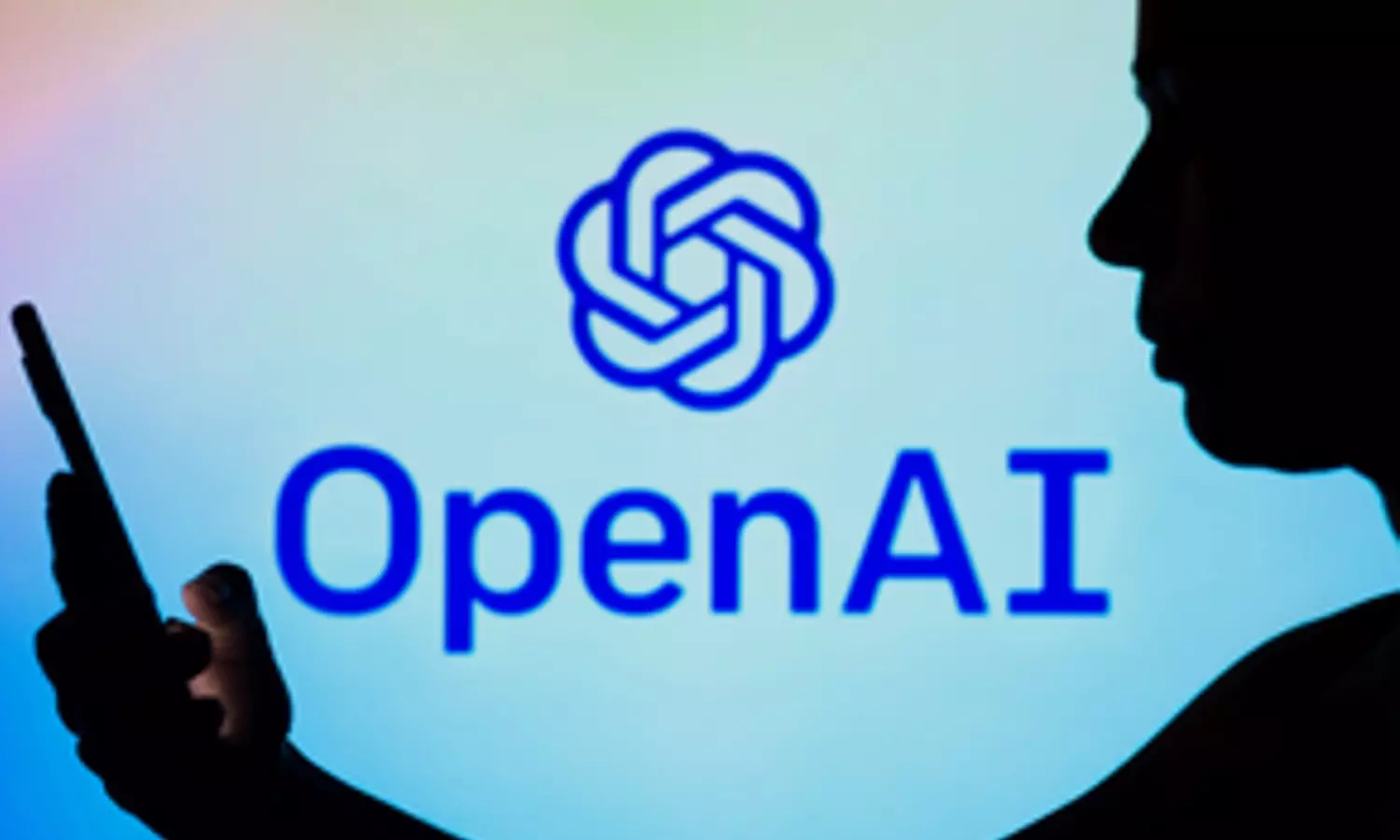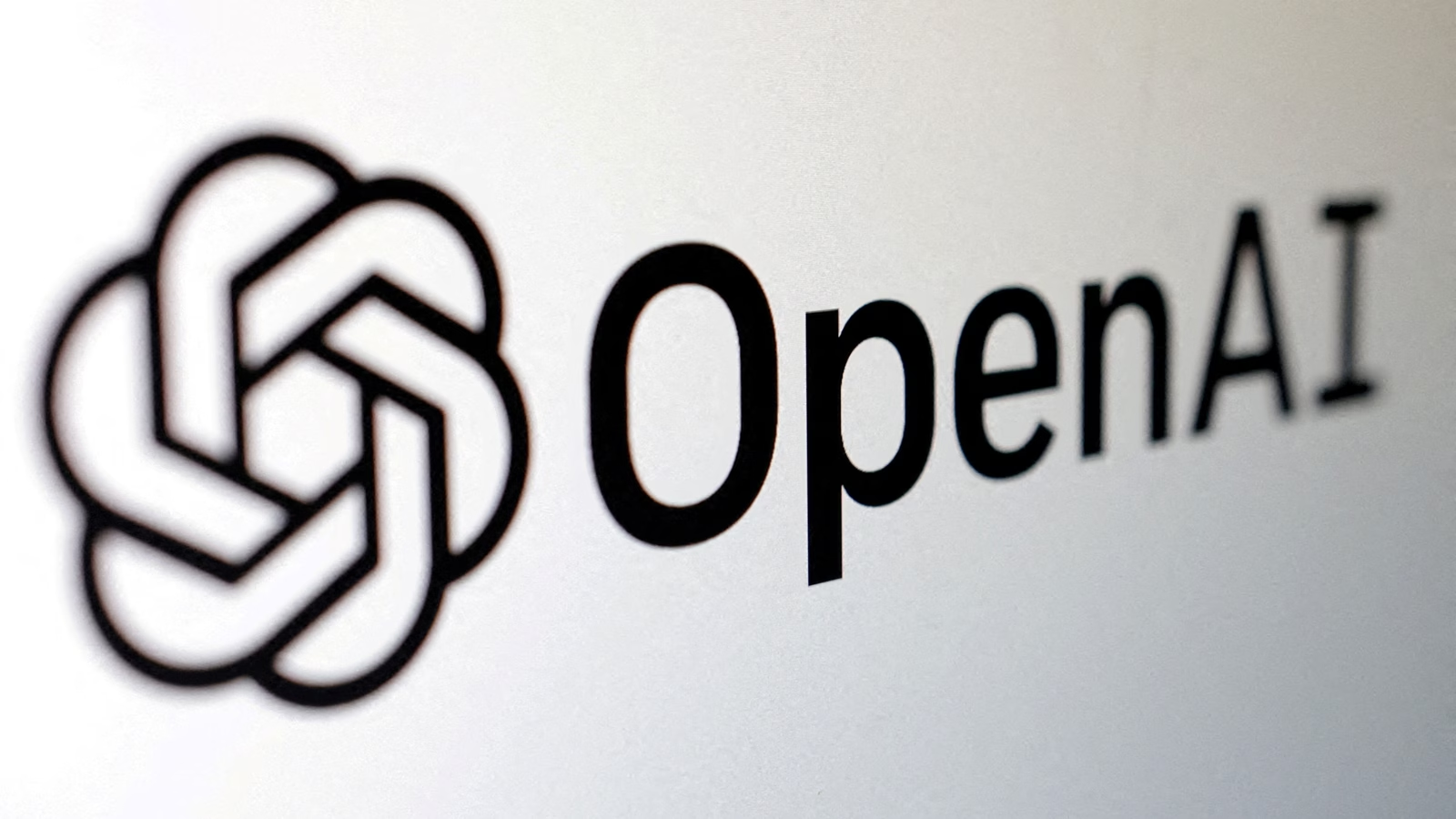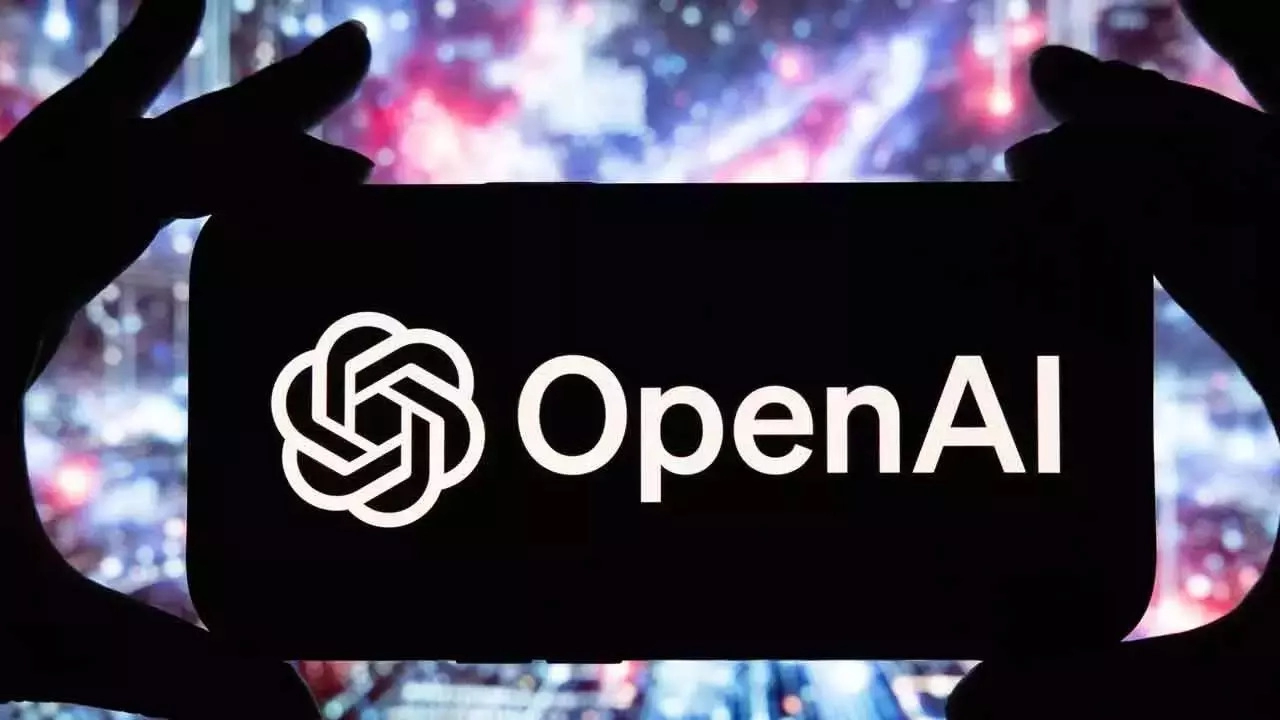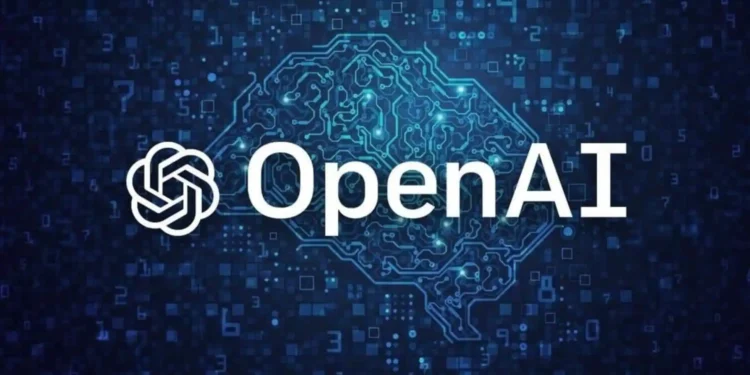As the tech world turns its eyes towards the future, OpenAI is gearing up for a pivotal release that promises to reshape how we interact with artificial intelligence. The startup, known for its groundbreaking models like ChatGPT, has announced plans to unveil its latest creation, Orion, in December 2024. This new model is poised not only to enhance AI capabilities but also to redefine integration in business applications.

OpenAI’s Strategic Launch Plan: A Focused Rollout
Orion represents a significant shift in OpenAI’s release strategy. In contrast to its predecessors, GPT-4o and o1, Orion will not be widely available through ChatGPT immediately after its launch. Instead, OpenAI aims to provide early access to select companies, facilitating a tailored approach to embedding the new technology into specialized products and features. This method reflects a strategic pivot towards deepening partnerships and fostering innovation within a controlled ecosystem before a broader rollout.
Sources close to the matter reveal that Microsoft, OpenAI’s principal collaborator, is preparing to support Orion on its Azure cloud platform as soon as November. This move underscores the synergy between OpenAI and Microsoft, highlighting Azure’s role as a critical infrastructure provider for cutting-edge AI deployments.

A Glimpse into Orion’s Capabilities
Orion is rumored to be a powerhouse, potentially up to 100 times more potent than its predecessor, GPT-4. This enhancement is part of OpenAI’s broader ambition to amalgamate its large language models (LLMs) over time, paving the way towards what could eventually emerge as artificial general intelligence (AGI). The development of Orion has been notably supported by the use of synthetic data from OpenAI’s o1 model, code-named Strawberry, which has played a crucial role in training the new AI.
The anticipation for Orion’s release was further fueled by a cryptic message from OpenAI CEO Sam Altman, who hinted at significant developments aligned with the arrival of winter constellations, specifically Orion, which dominates the winter sky from November to February. This poetic allusion not only highlights the thematic naming of the model but also teases its impactful debut.

OpenAI’s Recent Developments and Future Outlook
The launch of Orion comes at a transformative moment for OpenAI, which recently transitioned into a for-profit entity following a historic $6.6 billion funding round. This transition is accompanied by significant organizational changes, including the departure of key executives such as CTO Mira Murati and chief research officer Bob McGrew. These shifts underscore a period of both challenge and immense potential as OpenAI redefines its structure and strategy.
As the tech community awaits the arrival of Orion, the implications for AI application and integration are vast. OpenAI’s focus on selective deployment could lead to more sophisticated, bespoke AI solutions that could spur a new era of technological integration and innovation.










